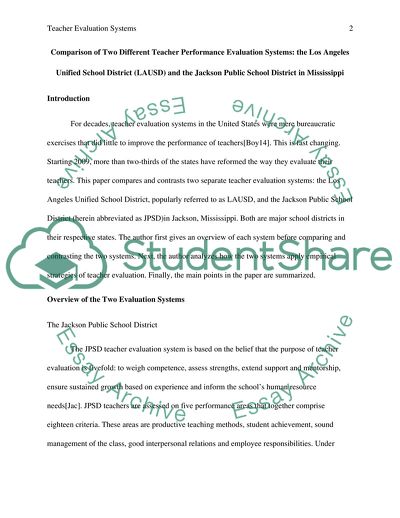Cite this document
(Comparing 2 Different School District's Evaluation Systems Report Example | Topics and Well Written Essays - 1750 words, n.d.)
Comparing 2 Different School District's Evaluation Systems Report Example | Topics and Well Written Essays - 1750 words. https://studentshare.org/education/1857729-comparing-2-different-school-districts-evaluation-systems
Comparing 2 Different School District's Evaluation Systems Report Example | Topics and Well Written Essays - 1750 words. https://studentshare.org/education/1857729-comparing-2-different-school-districts-evaluation-systems
(Comparing 2 Different School District'S Evaluation Systems Report Example | Topics and Well Written Essays - 1750 Words)
Comparing 2 Different School District'S Evaluation Systems Report Example | Topics and Well Written Essays - 1750 Words. https://studentshare.org/education/1857729-comparing-2-different-school-districts-evaluation-systems.
Comparing 2 Different School District'S Evaluation Systems Report Example | Topics and Well Written Essays - 1750 Words. https://studentshare.org/education/1857729-comparing-2-different-school-districts-evaluation-systems.
“Comparing 2 Different School District'S Evaluation Systems Report Example | Topics and Well Written Essays - 1750 Words”. https://studentshare.org/education/1857729-comparing-2-different-school-districts-evaluation-systems.


